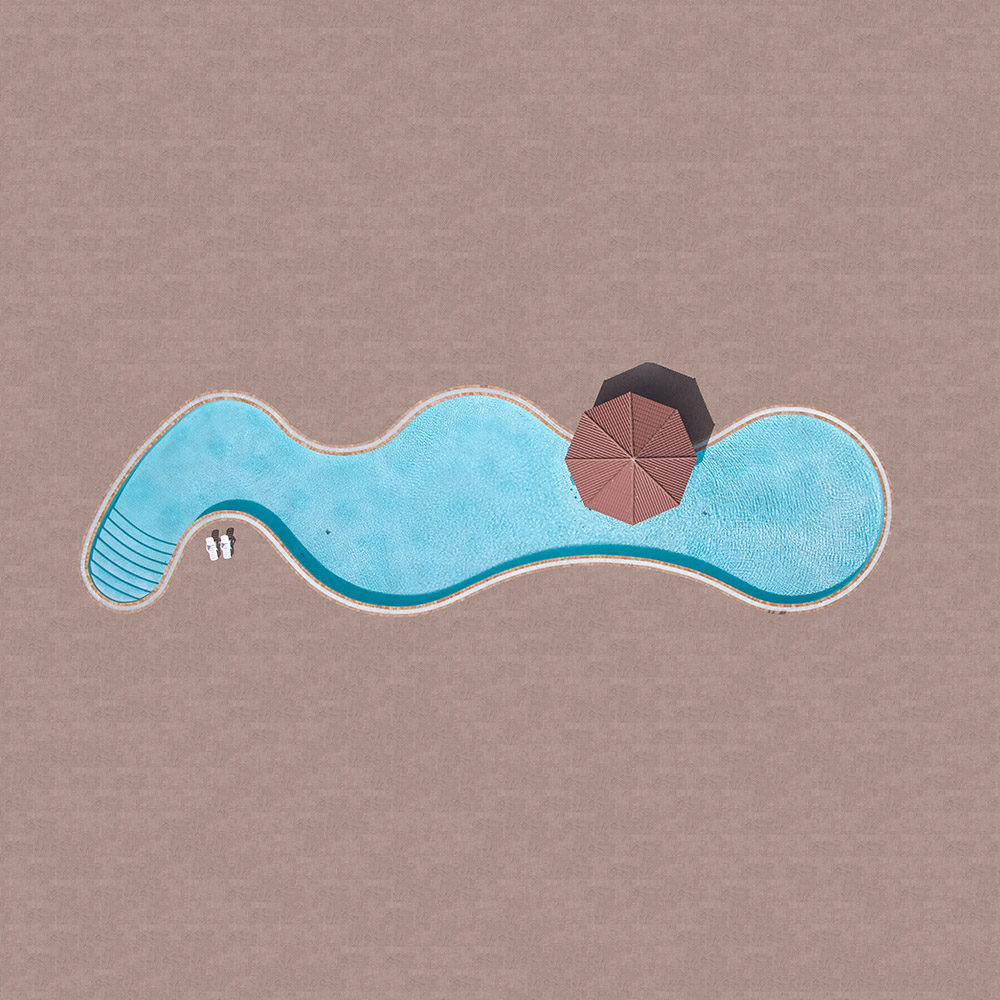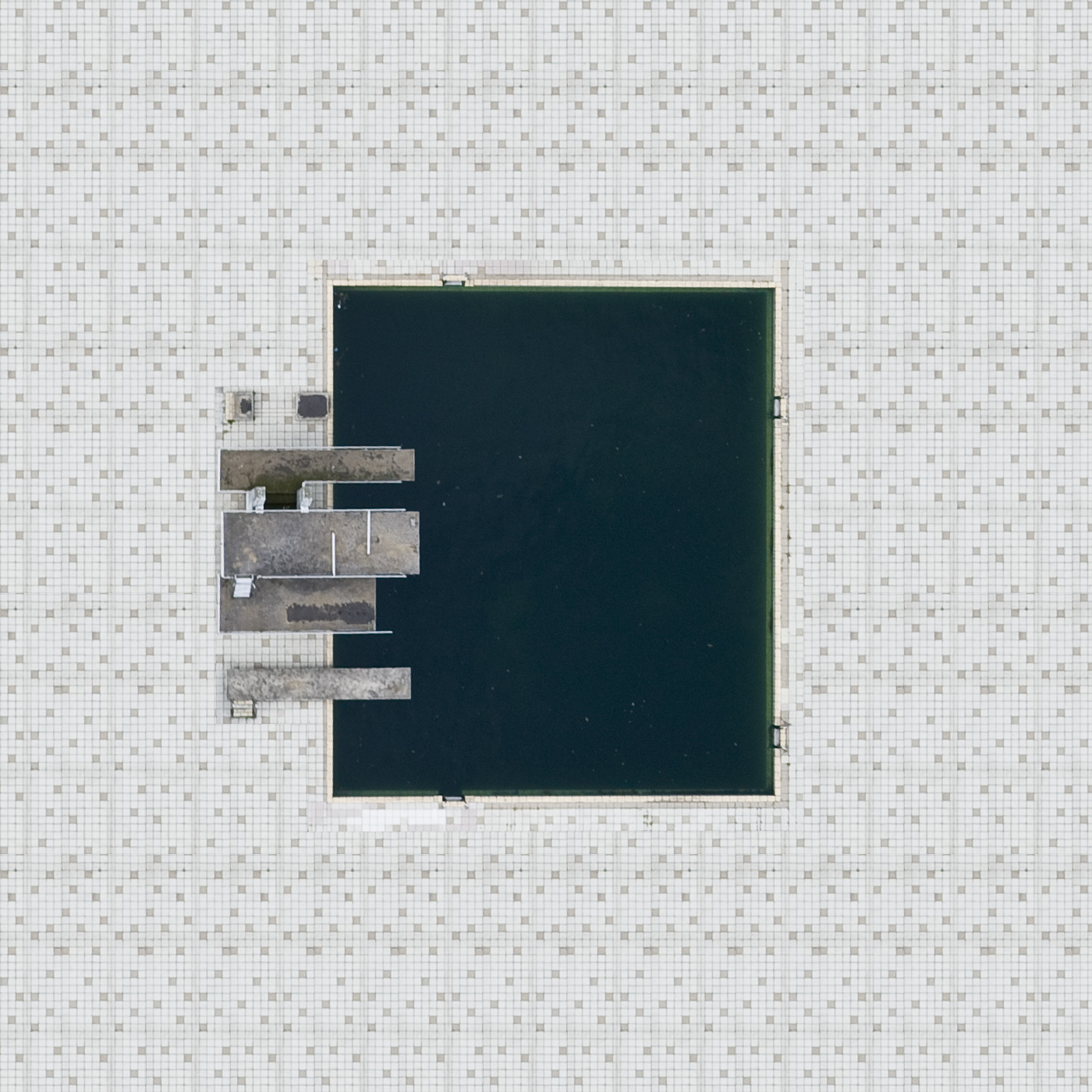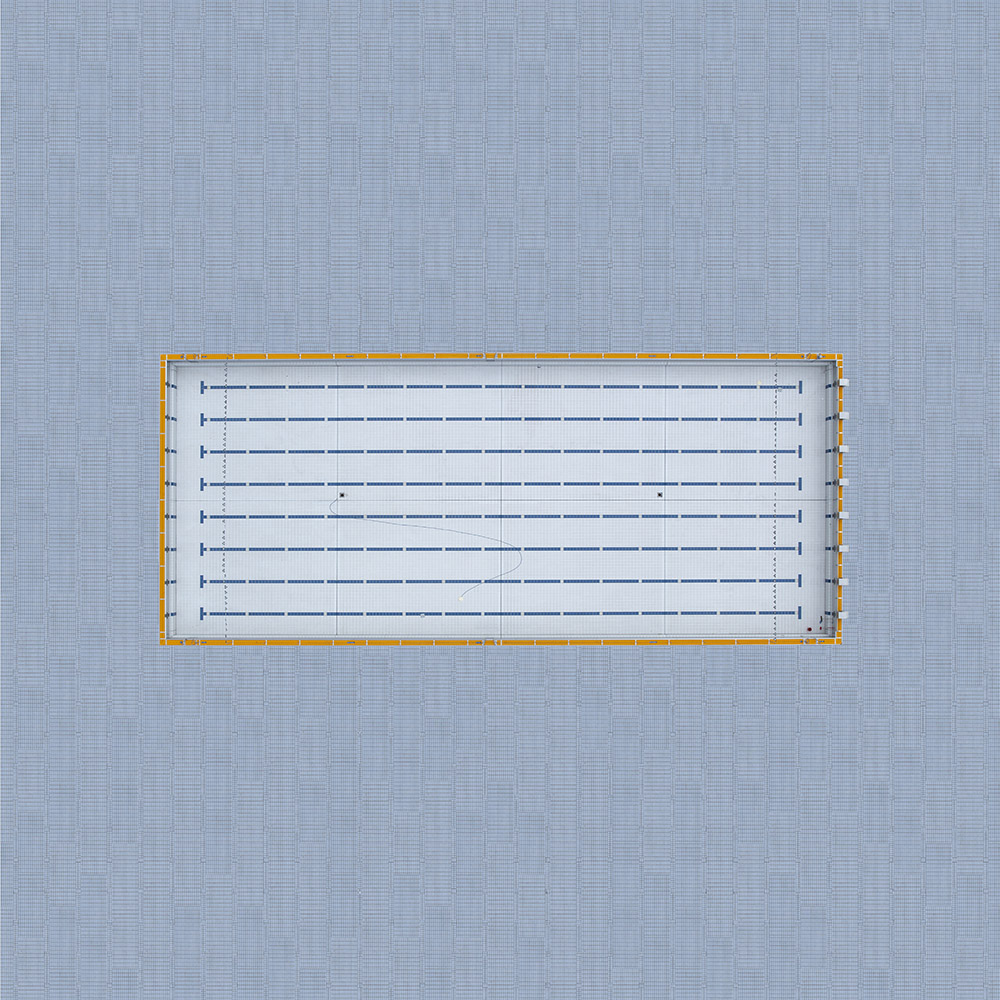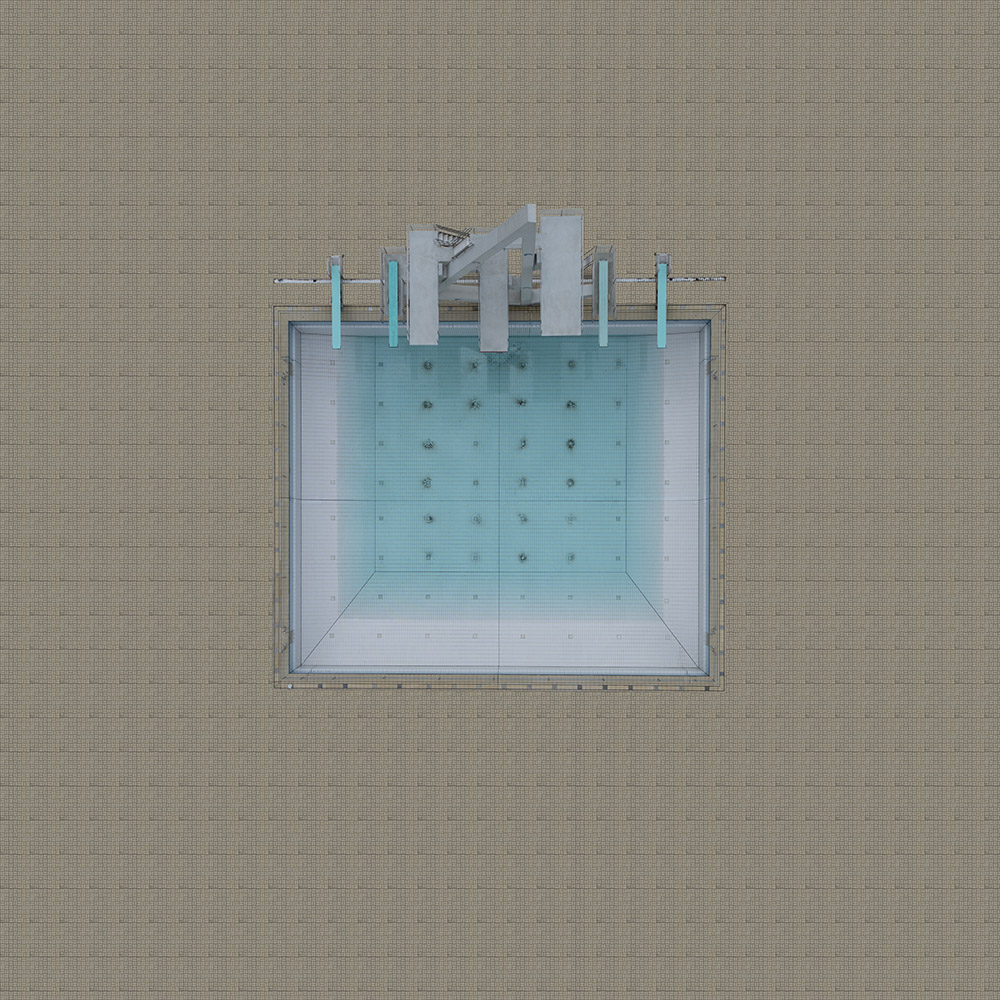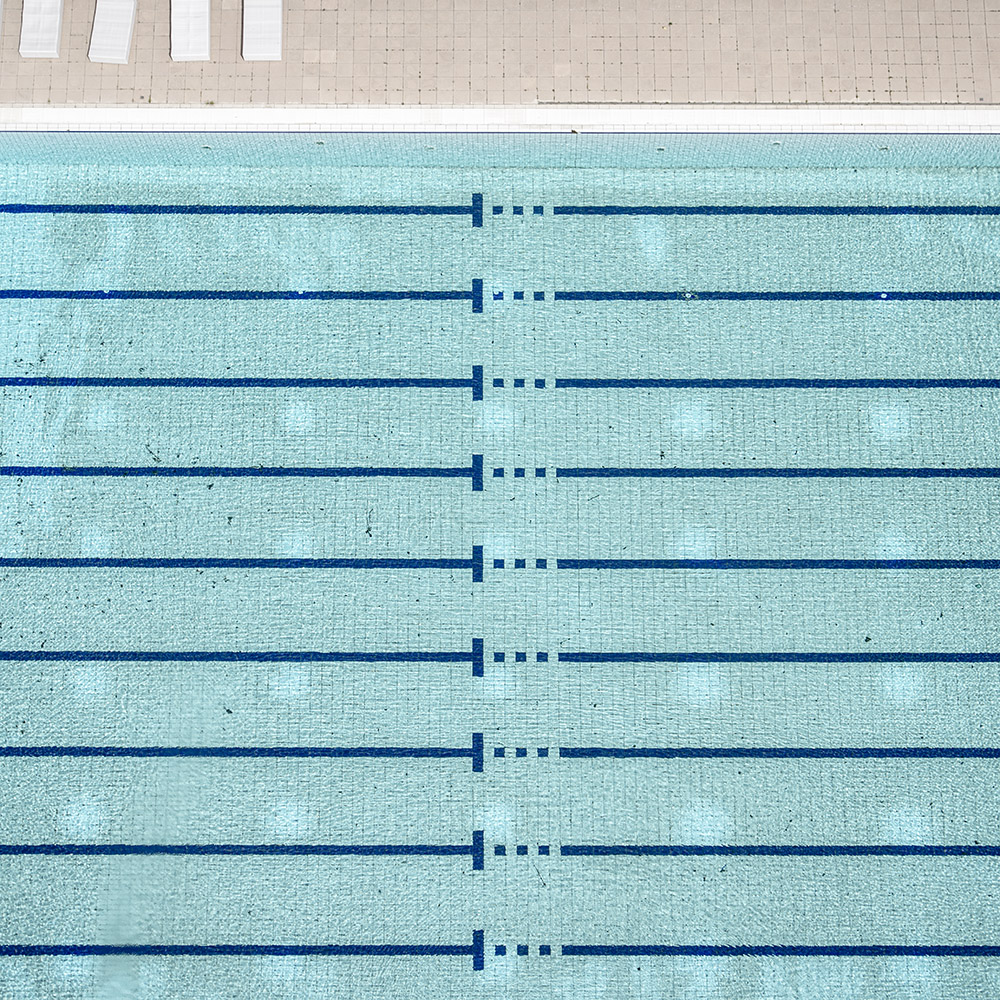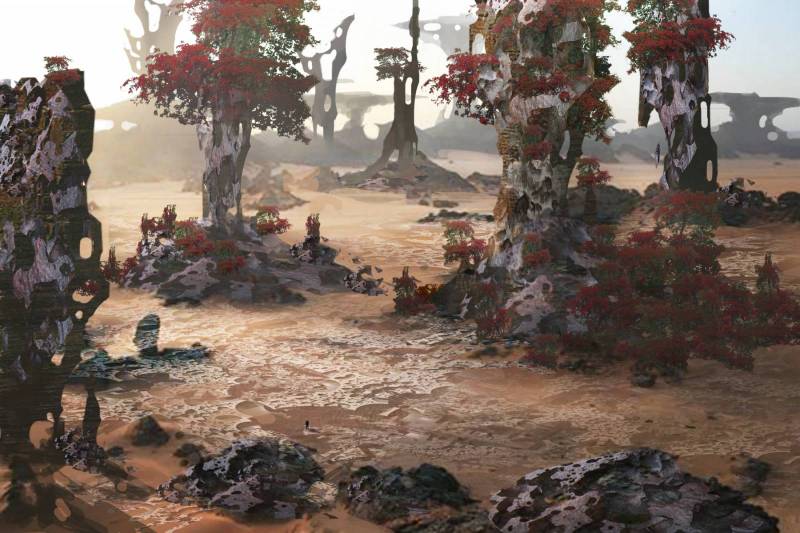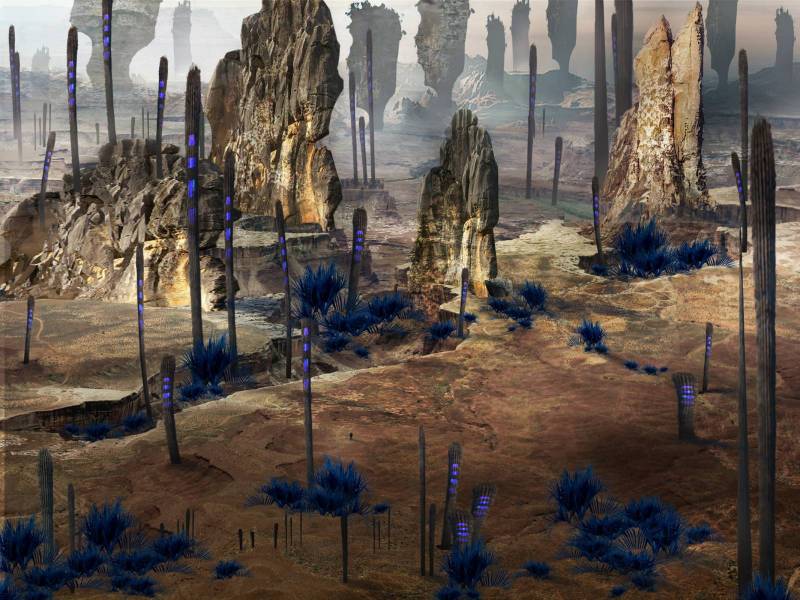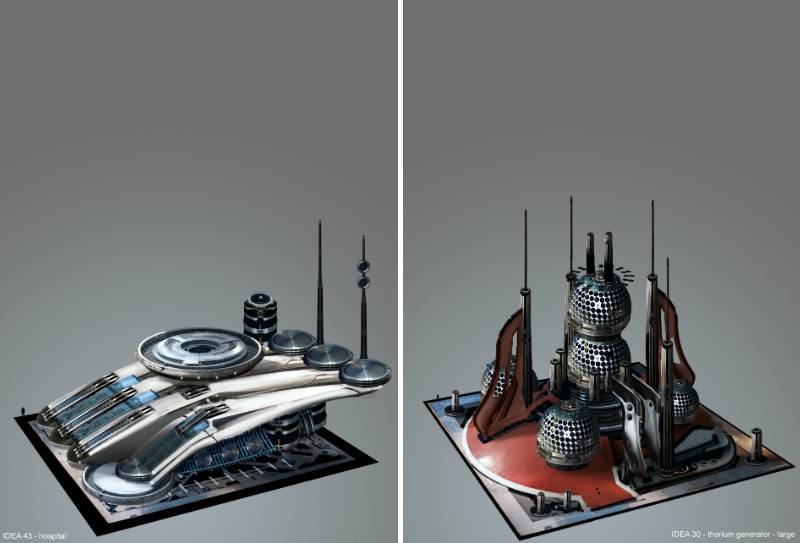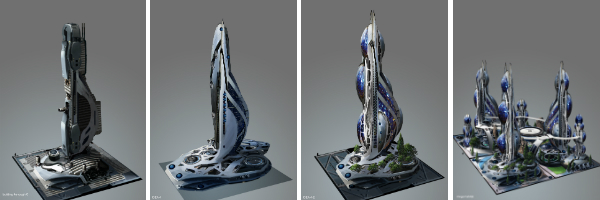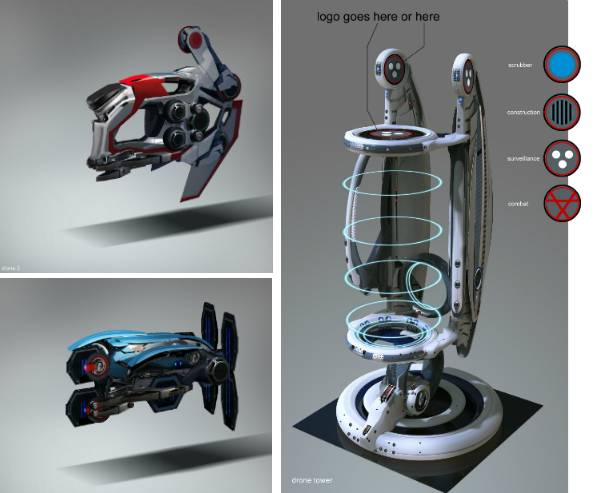----
You Don't "Find" Your Passion in Life, You Actively Develop It, Explains Psychologist Carol Dweck, Theorist of the "Growth Mindset"
// Open Culture
You might spend your whole life trying to find your life's passion, or passively hoping it comes to you. Many have done so and, tragically, have never discovered it. Were they looking for purpose in all the wrong places? Maybe. Or maybe the idea that our life's calling waits out there for us to find—like the fairy tale notion of a one true perfect love—is kind of crap. That's not how Stanford psychologists Carol Dweck and Gregory Walton put it, exactly, but their research suggests that "the adage so commonly advised by graduation speakers," as Stanford News reports, "might undermine how interests actually develop."
In other words, when people think of interests or talents as "fixed qualities that are inherently there," they are more likely to give up on pursuits when they encounter difficulty, believing they aren't destined for success. Working with data acquired by Stanford postdoctoral fellow Paul O'Keefe (now at Yale), Dweck and Walton explained some recent research findings in a paper titled "Implicit Theories of Interest: Finding Your Passion or Developing it?" The article is forthcoming in Psychological Science, and you can read a PDF version online.
The paper describes five studies on "implicit theories of interest" and contrasts a fixed theory with a "growth theory" of interest, an idea that comes out of Dweck's prior research on what she calls a "growth mindset." She has published a bestselling book on the subject and given very popular talks on what she calls in her TED appearance in Sweden above "the power of yet"—a phrase she derives from a high school in Chicago that gave students the grade of "not yet" when they hadn't successfully passed a course. This hopeful assessment encouraged them to keep trying rather than to think of themselves as failures.
Dweck tells her TED audience about giving a group of ten-year-olds' problems she knew would be too hard for them to solve. Those with a "growth mindset" responded with excitement, eager for a challenge and the opportunity to expand their capabilities. The kids who had a "fixed mindset" crumpled, feeling like they had been judged and come up wanting. "Instead of luxuriating in the power of yet," says Dweck, "they were gripped in the tyranny of now." Children thus "tyrannized" by feelings of failure might be more likely to cheat rather than study, make downward comparisons to boost feelings of self-worth, or become avoidant and "run from difficulty."
These strategies are even visible in images of brain activity. None of them, of course, will lead to progress. But Dweck claims that the problem is endemic to a generation of people who need constant validation and who fold when they meet challenges. So how can parents and teachers help kids become more growth-oriented or, in Dweck's lingo, build "the bridge to yet"? Her recommendations may not sound that revolutionary to those who have followed the backlash against the well-meaning but misguided "self-esteem movement" of the past few decades.
For one thing, praising effort, rather than intelligence or talent, will help kids develop more resilience and value ongoing process over instant results. Judicious applications of "good try!" go much farther than repetitions of "you're brilliant and amazing!" Dweck's other strategies involve a similar focus on process and progress. Unsurprisingly, when we believe we can change and improve, we are far more likely to work at developing talent, instead of assuming we've either got it or we don't, an unscientific and self-defeating way of thinking that has done a lot of people needless harm. Dweck and her colleagues show that our life's passion isn't a fully-formed thing out there waiting for us, or an inborn, immutable quality, but rather it comes as the result of patient and persistent efforts.
Related Content:
Josh Jones is a writer and musician based in Durham, NC. Follow him at @jdmagness
You Don't "Find" Your Passion in Life, You Actively Develop It, Explains Psychologist Carol Dweck, Theorist of the "Growth Mindset" is a post from: Open Culture. Follow us on Facebook, Twitter, and Google Plus, or get our Daily Email. And don't miss our big collections of Free Online Courses, Free Online Movies, Free eBooks, Free Audio Books, Free Foreign Language Lessons, and MOOCs.
----
Read in my feedly






